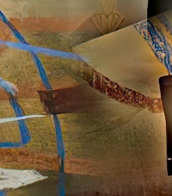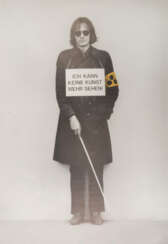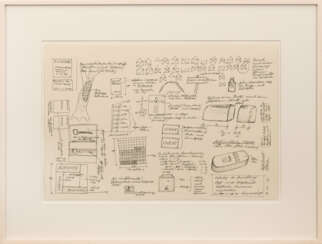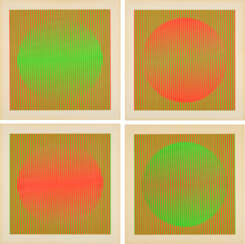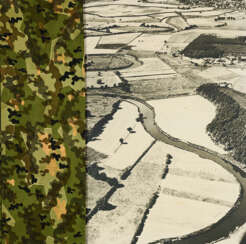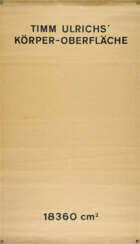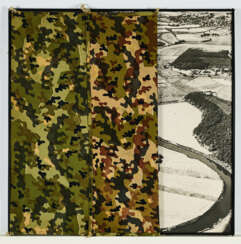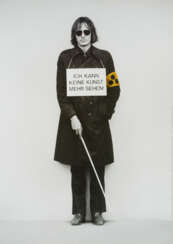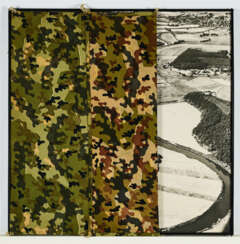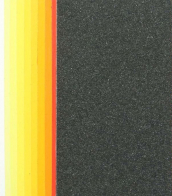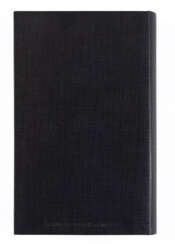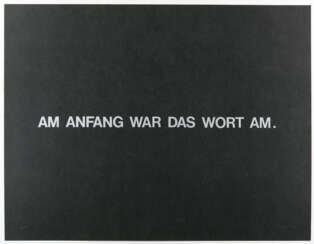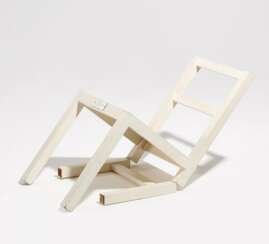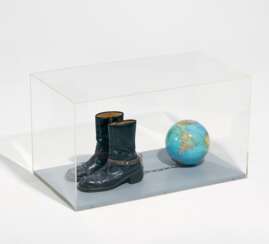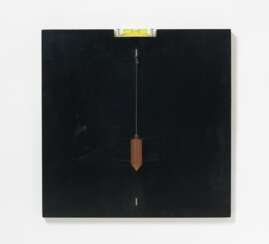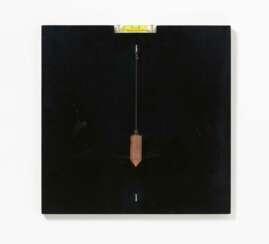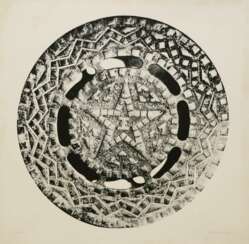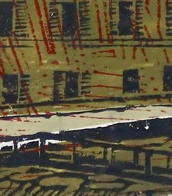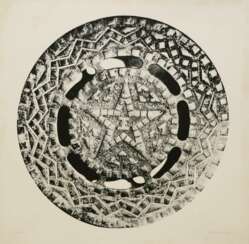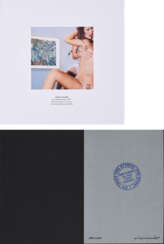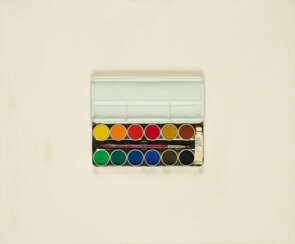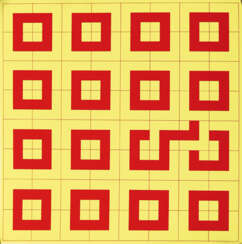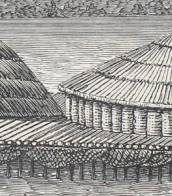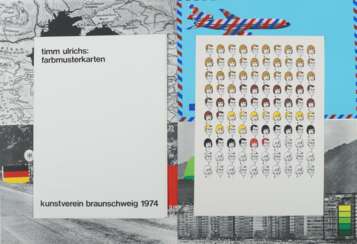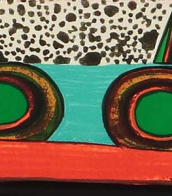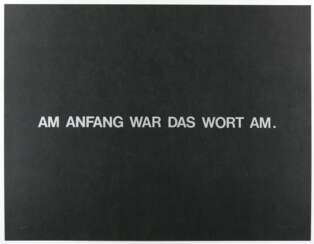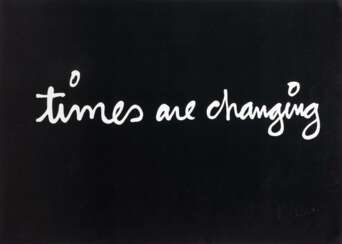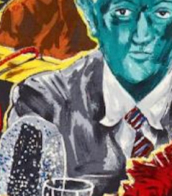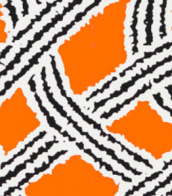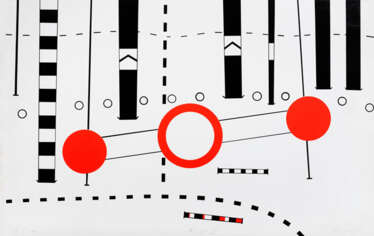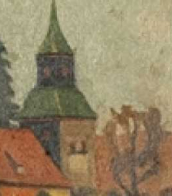timm ulrichs
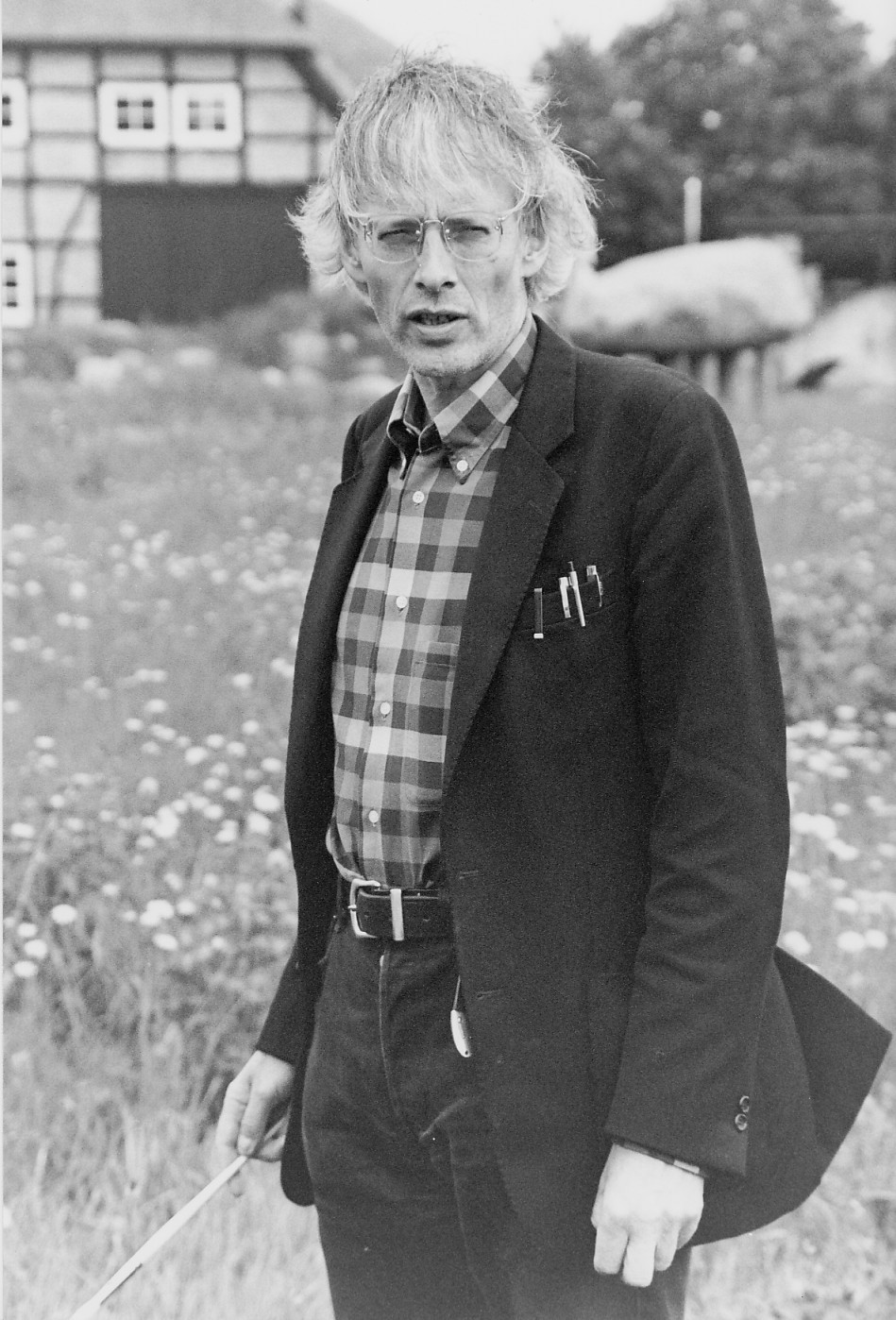
Timm Ulrichs is a German contemporary artist and sculptor, considered one of the most influential conceptualists, creates performances and is critically acclaimed.
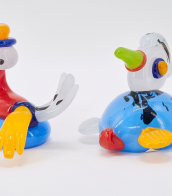

Timm Ulrichs is a German contemporary artist and sculptor, considered one of the most influential conceptualists, creates performances and is critically acclaimed.
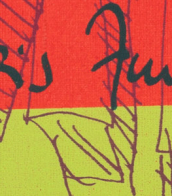

Timm Ulrichs is a German contemporary artist and sculptor, considered one of the most influential conceptualists, creates performances and is critically acclaimed.


Timm Ulrichs is a German contemporary artist and sculptor, considered one of the most influential conceptualists, creates performances and is critically acclaimed.
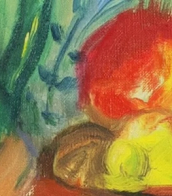

Timm Ulrichs is a German contemporary artist and sculptor, considered one of the most influential conceptualists, creates performances and is critically acclaimed.
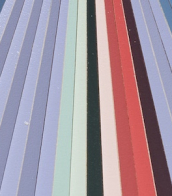

Timm Ulrichs is a German contemporary artist and sculptor, considered one of the most influential conceptualists, creates performances and is critically acclaimed.
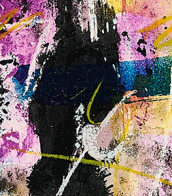

Timm Ulrichs is a German contemporary artist and sculptor, considered one of the most influential conceptualists, creates performances and is critically acclaimed.
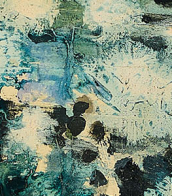

Timm Ulrichs is a German contemporary artist and sculptor, considered one of the most influential conceptualists, creates performances and is critically acclaimed.
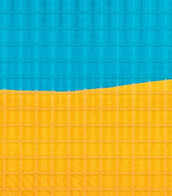

Timm Ulrichs is a German contemporary artist and sculptor, considered one of the most influential conceptualists, creates performances and is critically acclaimed.
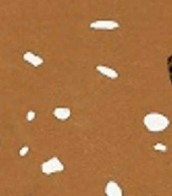

Timm Ulrichs is a German contemporary artist and sculptor, considered one of the most influential conceptualists, creates performances and is critically acclaimed.
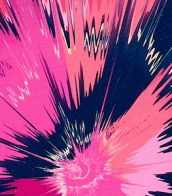

Timm Ulrichs is a German contemporary artist and sculptor, considered one of the most influential conceptualists, creates performances and is critically acclaimed.


Timm Ulrichs is a German contemporary artist and sculptor, considered one of the most influential conceptualists, creates performances and is critically acclaimed.


Timm Ulrichs is a German contemporary artist and sculptor, considered one of the most influential conceptualists, creates performances and is critically acclaimed.


Timm Ulrichs is a German contemporary artist and sculptor, considered one of the most influential conceptualists, creates performances and is critically acclaimed.


Timm Ulrichs is a German contemporary artist and sculptor, considered one of the most influential conceptualists, creates performances and is critically acclaimed.


Timm Ulrichs is a German contemporary artist and sculptor, considered one of the most influential conceptualists, creates performances and is critically acclaimed.


Timm Ulrichs is a German contemporary artist and sculptor, considered one of the most influential conceptualists, creates performances and is critically acclaimed.
